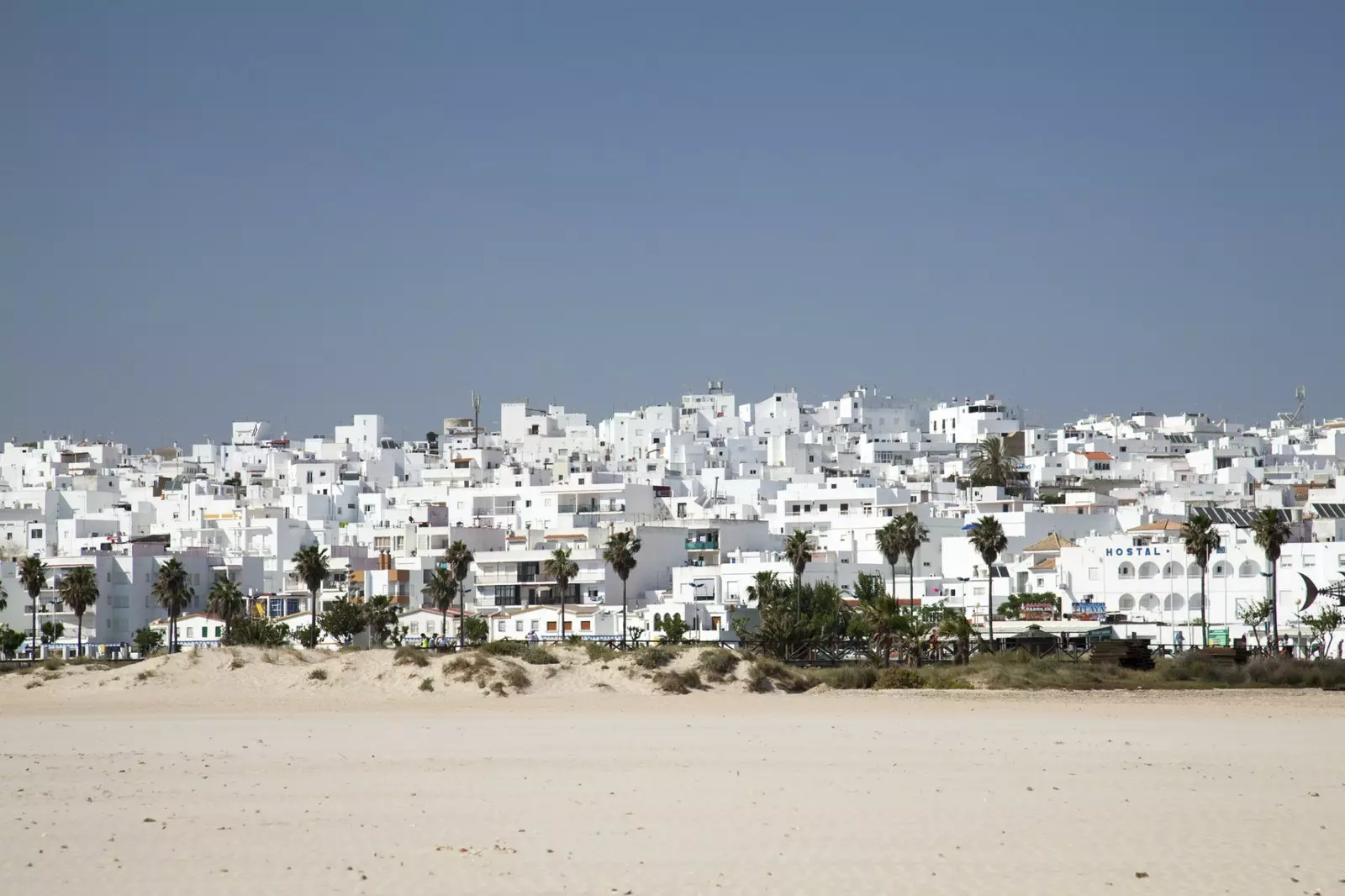
Conil de la Frontera concentrates architectural beauty, gastronomy and endless beaches.
Those of us addicted to a good cut of bluefin tuna are in luck, the almadraba season is in full swing Y Border Conil It is the perfect place to, in addition to eating this coveted fish to the point of walking, learn a little more about ronqueo and how this century-old cutting technique still sets the pace today in one of the most magical white villages on the coast Cadiz.
IN THE VILLAGE
The historic center of Conil is a maze of narrow streets guarded by whitewashed houses only splashed by the color of the geraniums and the climbing bougainvillea, which embrace the immaculate white of the walls until they strangle it with their beauty.
Bars, restaurants, ice cream parlors and souvenir shops remind us that we are next to the beach with their signs and claims, but if you follow the recommendations of the locals it is not difficult to find charming places in which to lose yourself and get away from the German-speaking crowd.
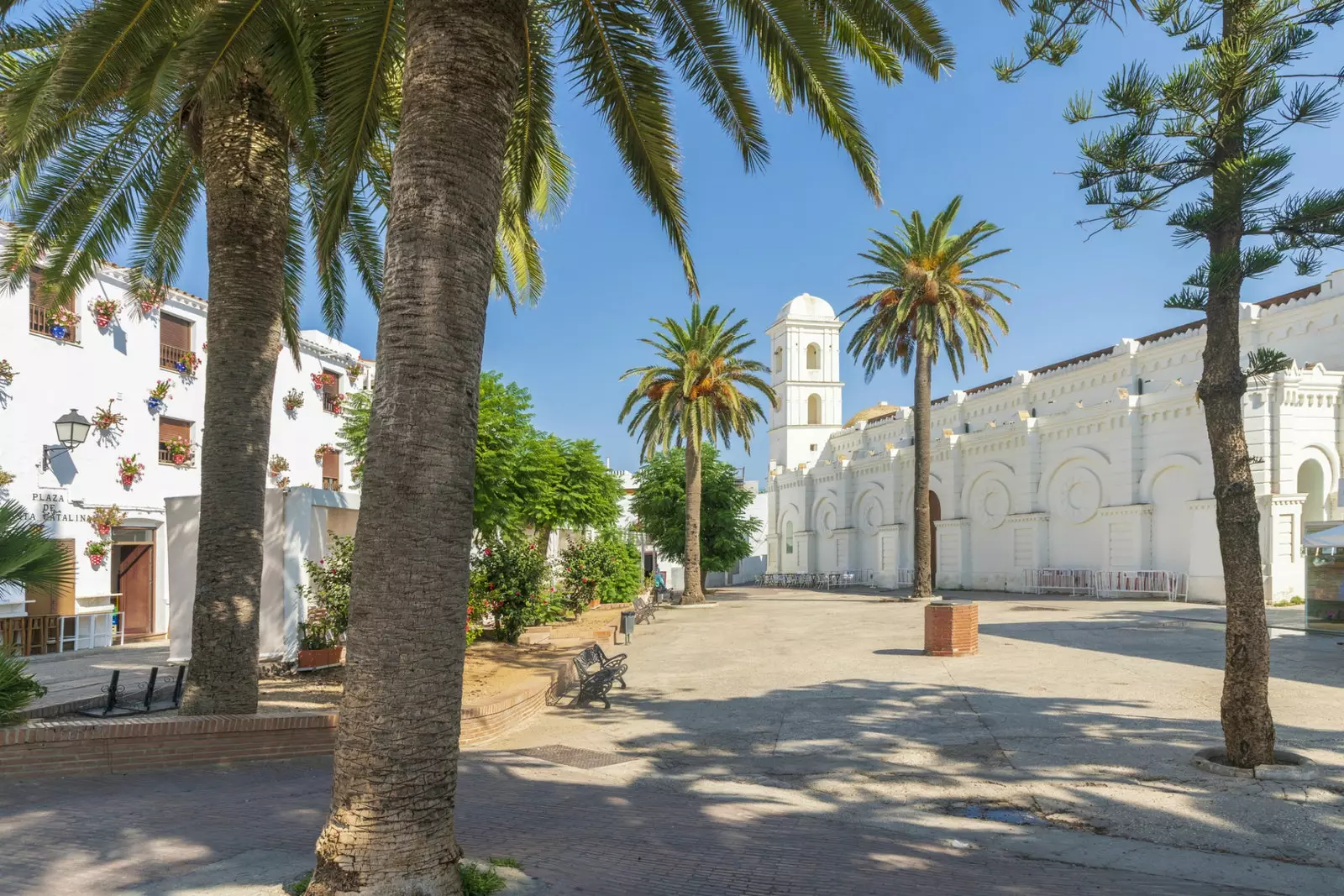
Church of Santa Catalina, in the historic center of Conil de la Frontera.
The traditional tapas is practiced at the bar of the Los Hermanos bar and the 'afternoon' of adult drinks at La Tertulia and its typical Andalusian patio with a well and sink for washing, memories of the time when it was a residential building. Also peculiar is the architectural structure of the courtyard in which the Eolo store is hidden.
If you want to keep track of the bluefin tuna from the almadraba in the center of town, it will be very easy for you, since nearly 40 bars and restaurants participate this year in the XXIII edition of La Ruta del Tuna de Conil (until June 3) and They will have a specific card. “300 ways to eat tuna”, They warn in tourism with pride and impudence.
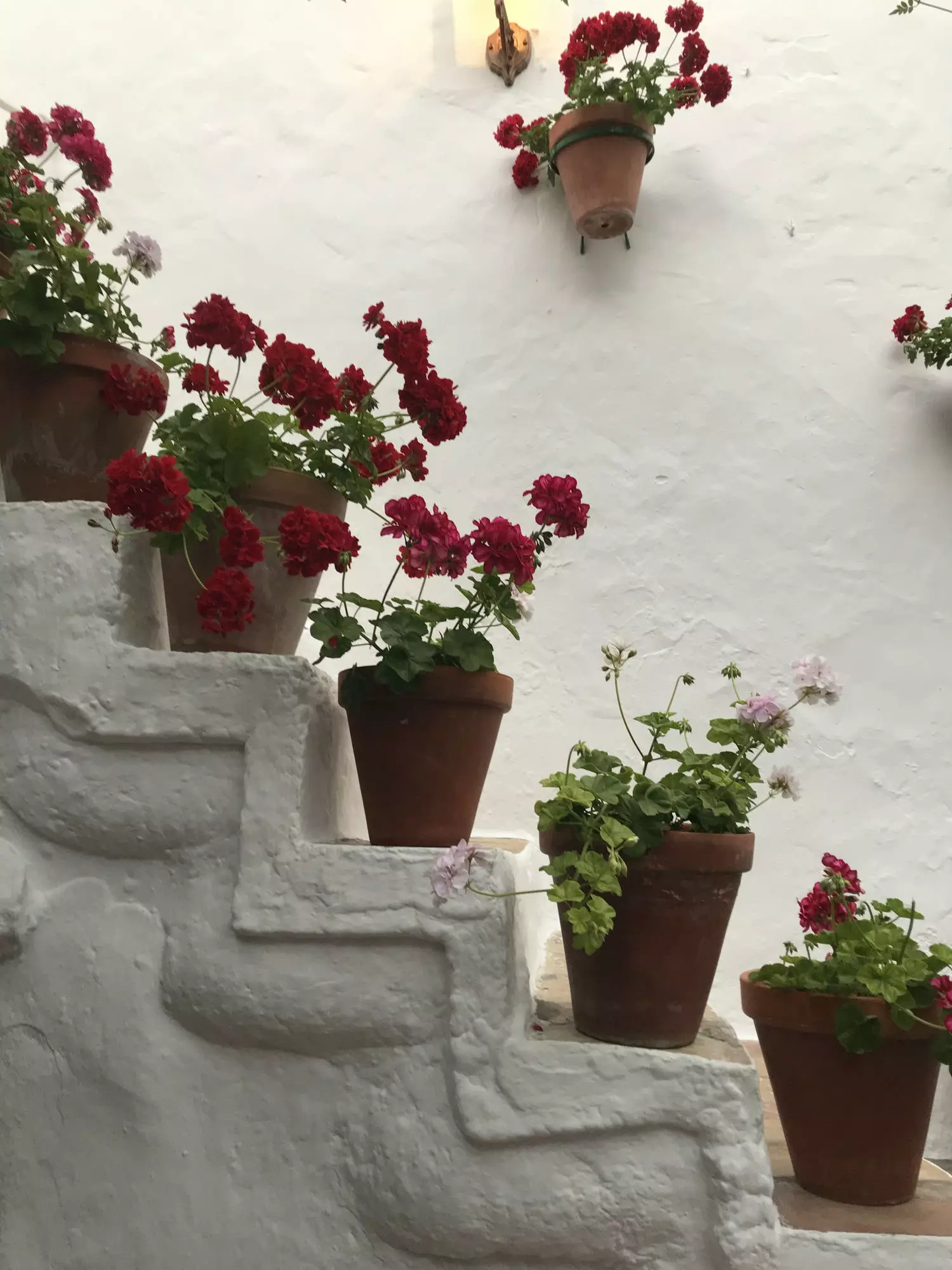
Andalusian patio in La Tertulia, one of the liveliest places in Conil.
AT THE HOTEL
The Fuerte Conil hotel is not new to the area, in fact this year it celebrates its 20th anniversary. What I want to say with it? Well, it is already part of the local idiosyncrasy, so during the almadraba season, let the bluefin tuna is the common thread of its gastronomy and even of its experiences.
You will find it in the form of tataki, tartare with black olives, fresh spring onions with wakame salad, onions as Andalusia commands or served on toast with salmorejo and cured cheese in its El Buche restaurant.
They also buy a whole tuna to show their customers in the middle of their huge garden the technique of Ronqueo, the traditional way of butchering fish and whose name comes from the sound that the knife makes when passing over the vertebrae of the spine during dissection (reminiscent of a snore).
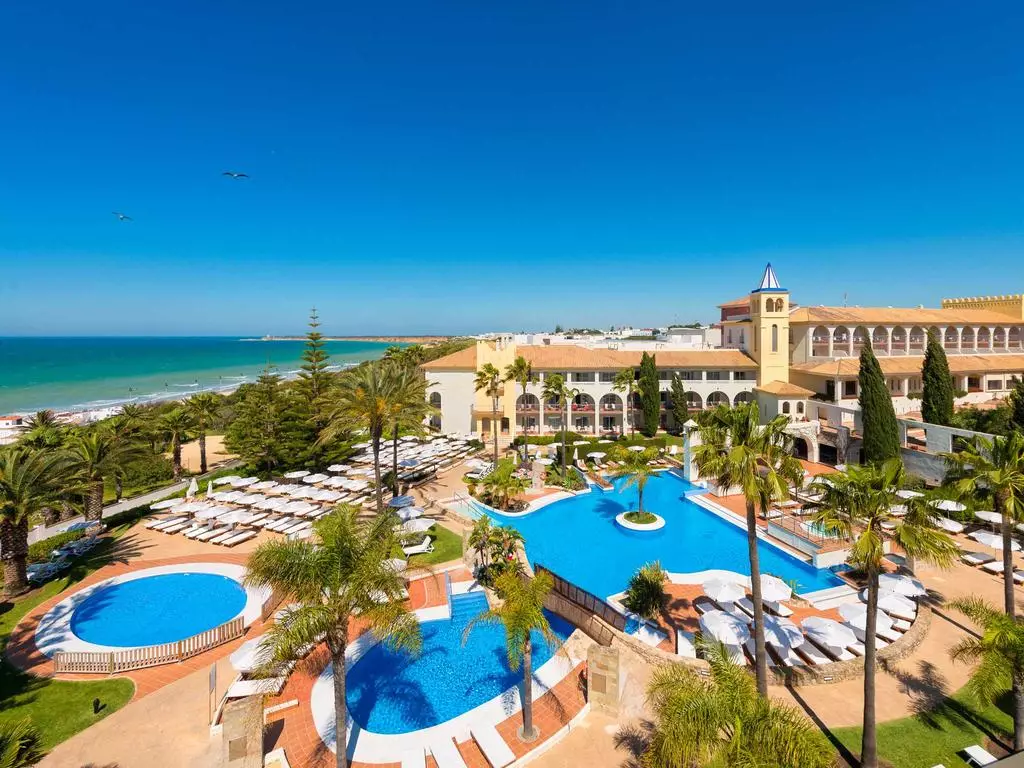
Two buildings and 25,000 square meters of gardens make up the Fuerte Conil hotel.
This is not the only experience that Fuerte Conil has to offer, since every day it entertains early risers with yoga and pilates classes, hedonists with wine tastings and the occasional showcooking Andalusian dishes and foreigners with Spanish classes. And all for free.
If you prefer more personalized and pleasant attention at this hotel, it is best to request one of the Naturalness treatments at its spa, which works with the firm Natura Bissé, or book one of the Exclusive rooms, which give access to an exclusive lounge with food and drink service from 11 in the morning until 9 at night.
Or perhaps a bike route to the small Sancha Pérez winery, where between olive trees, vineyards, fruit trees and hotels for insects its owner, Ramón Iglesias, will explain in detail the method of making its organic wine and virgin olive oil.
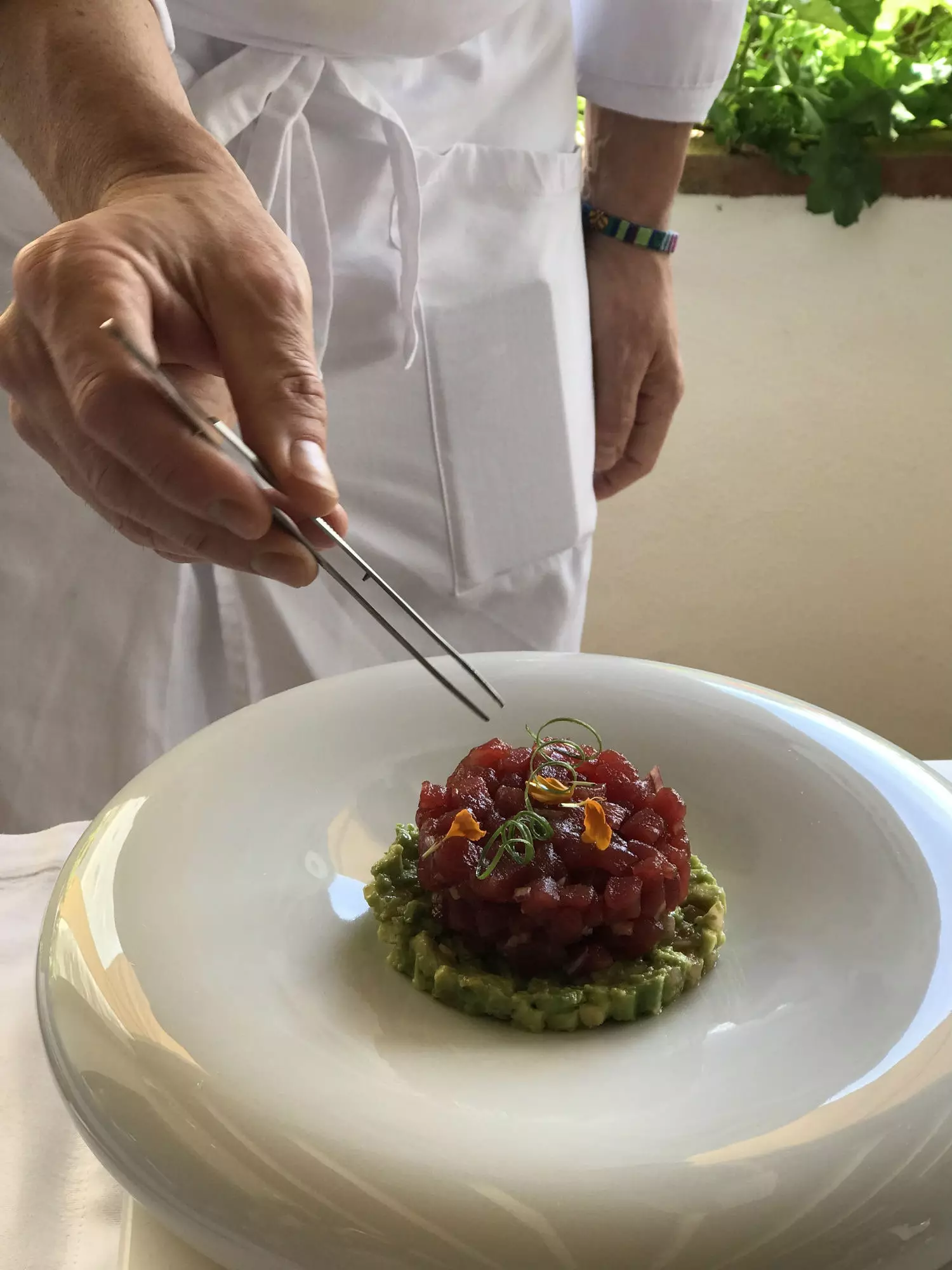
Red tuna tartare at the El Buche restaurant at the Fuerte Conil hotel.
Fuerte Conil, which has 25,000 m2 of gardens, is located in front of La Fontanilla beach and perches on its cliffs, providing privileged views over the Atlantic and facilitating the enjoyment of one of the most dazzling sunsets in Cádiz.
From this same high point it is also possible to see the yellow buoys that are part of the Conil trap; also the boats that approach this labyrinthine structure of pierced nets to capture the bluefin tuna that have been trapped in it when they intended to move from the Atlantic to the Mediterranean to spawn.
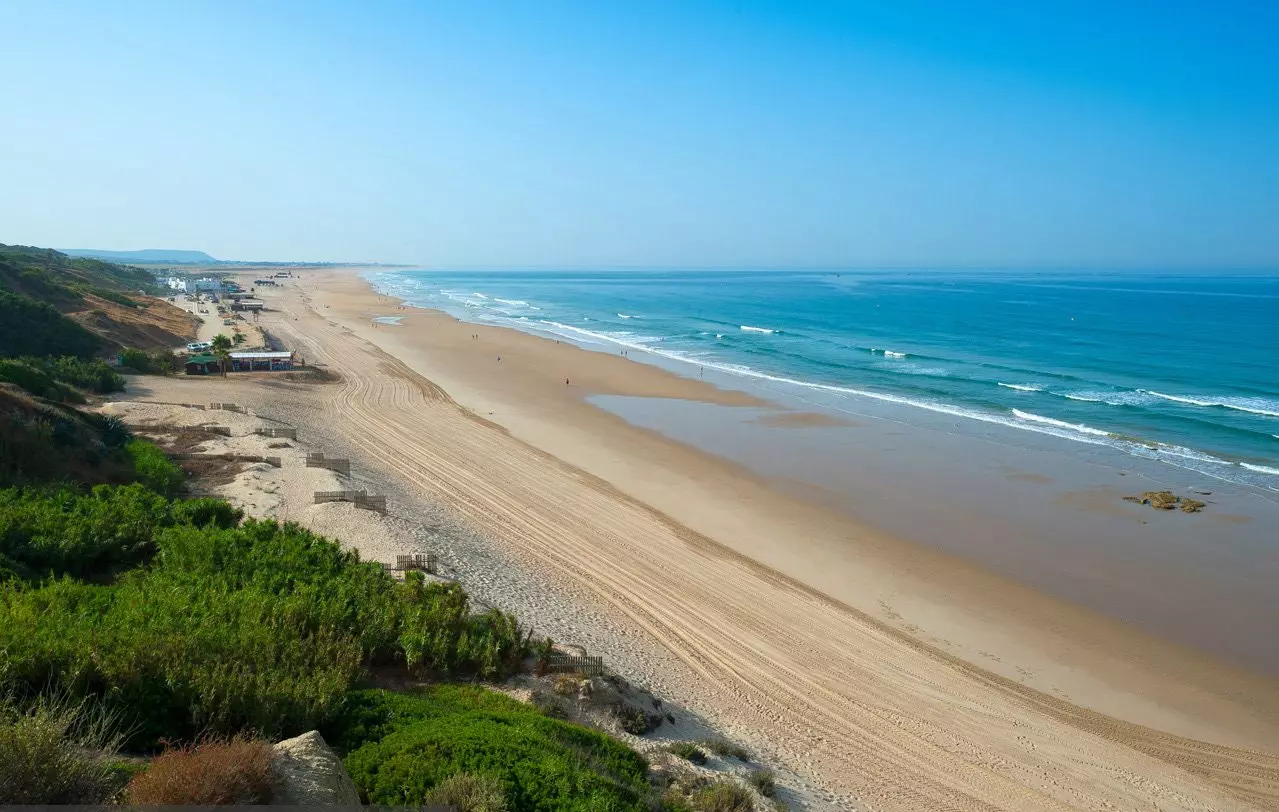
Playa de la Fontanilla, which is accessed directly from the Hotel Fuerte Conil.
AT THE BEACH BAR
I couldn't tell you which of all the dishes made from red tuna from the almadraba at the Francisco Fontanilla restaurant was the best. Loin tataki with soy, honey and sesame, 'Descargamento' loin tartare, Tuna ceviche with coriander and lime vinaigrette, 'Plato' tuna with onions, grilled neck, tuna tenderloin with boletus and chamomile aroma...
All of them, one after another, they were arriving with agility at the table in a kind of relay race in which luckily there were witnesses who could corroborate that it is possible to consume so many good cuts of fish in a single dinner.
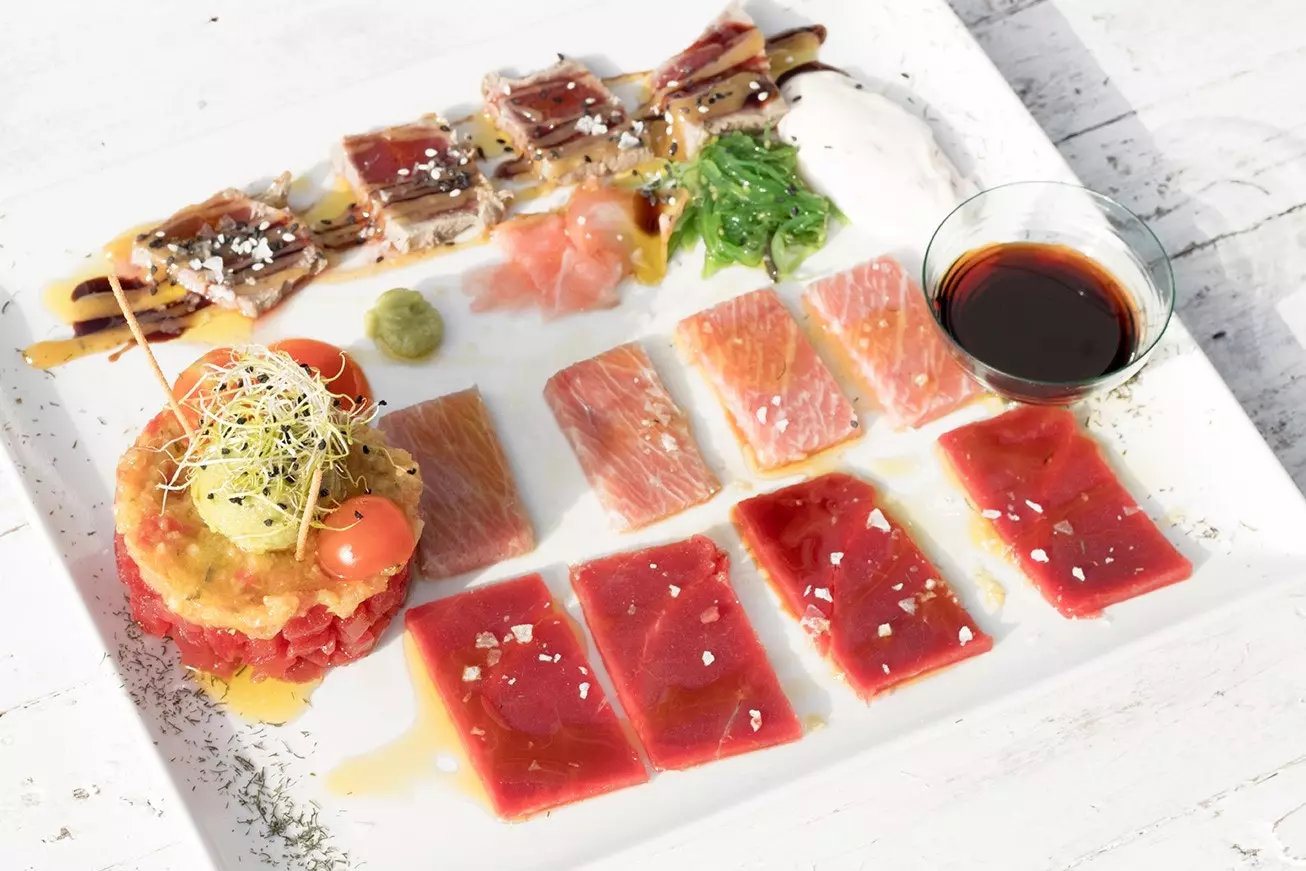
Any preparation of bluefin tuna from the almadraba exists in Francisco Fontanilla.
IN THE CONSERVE
An effective way to ensure you see a professional ronqueo live is to go to the facilities of Herpac, a family business dedicated to canned and salted fish for more than 30 years. And I say make sure, because even if they don't have a bluefin tuna with which show how his master ronqueador skillfully butchers the different cuts of fish (tarantelo, sirloin, discharge, loin…) they always have specimens of yellow fin tuna, smaller and more manageable, but just as wild.
In addition, during the visit you will receive as a gift an informative talk with which you will learn how the authentic Cadiz mojama is made, that salted tuna loin whose gastronomic delicacy you won't be able to appreciate until you've tried a quality one like Herpac's.
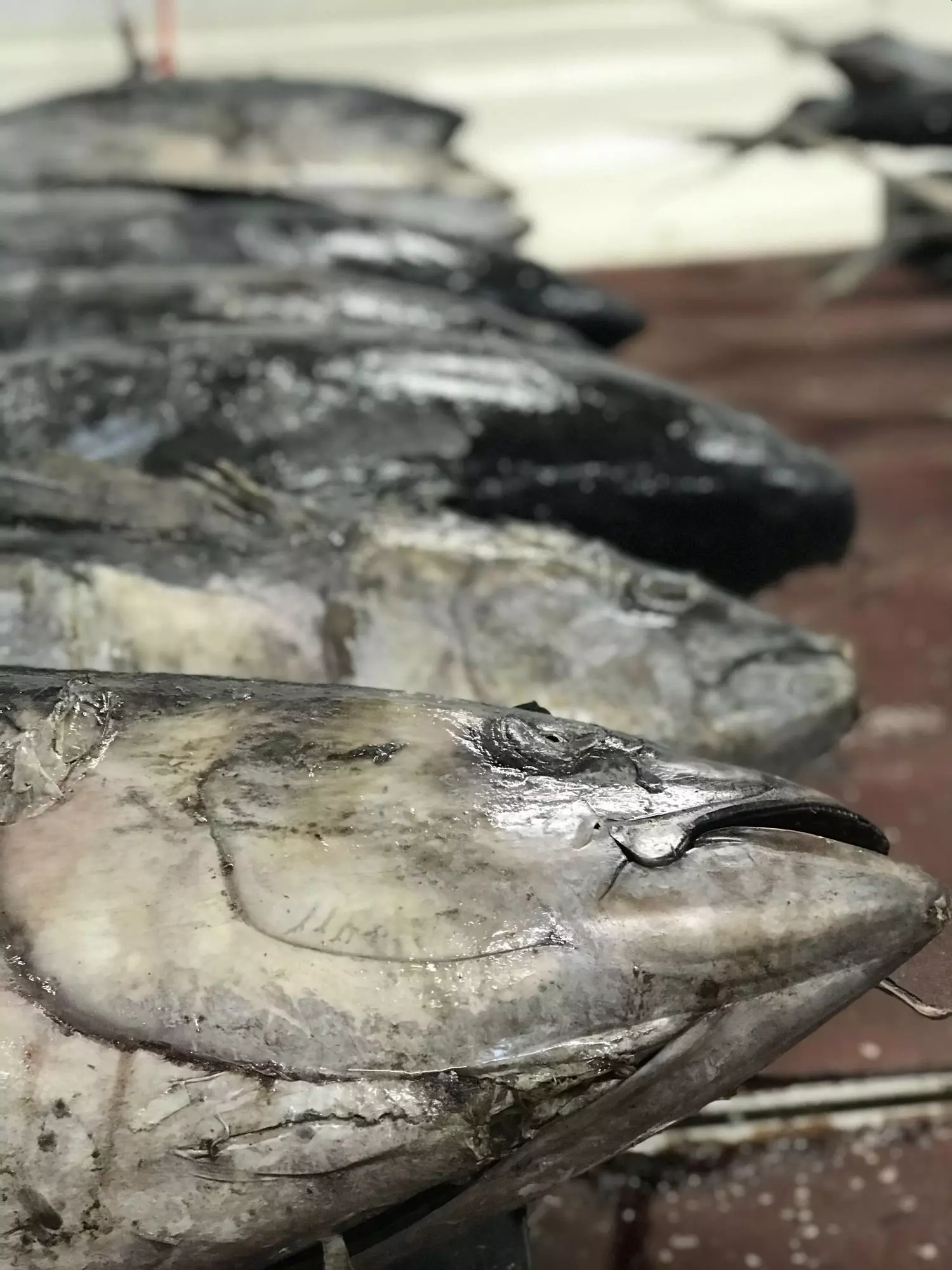
Yellow fin tuna waiting to be fished at the Herpac company.
IN THE ROMAN RUINS
No, in Baelo Claudia you will not eat tuna, but you will understand how in Roman times the economy of the Strait of Gibraltar already depended on fishing and the trade in sauces and brines.
In this archaeological complex located in the Bolonia cove (in fact from it there is an excellent panoramic view of the great dune) it is possible to see how already in the 2nd century BC. C. they existed industrial centers called cetariae dedicated to the capture and cutting of fish for subsequent marketing.
In fact, its most demanded product was known as garum, a paste made from the remains of bluefin tuna and other species. Or perhaps you thought that the famous fermentation that everyone talks about today in gastronomy had been invented in the 21st century?
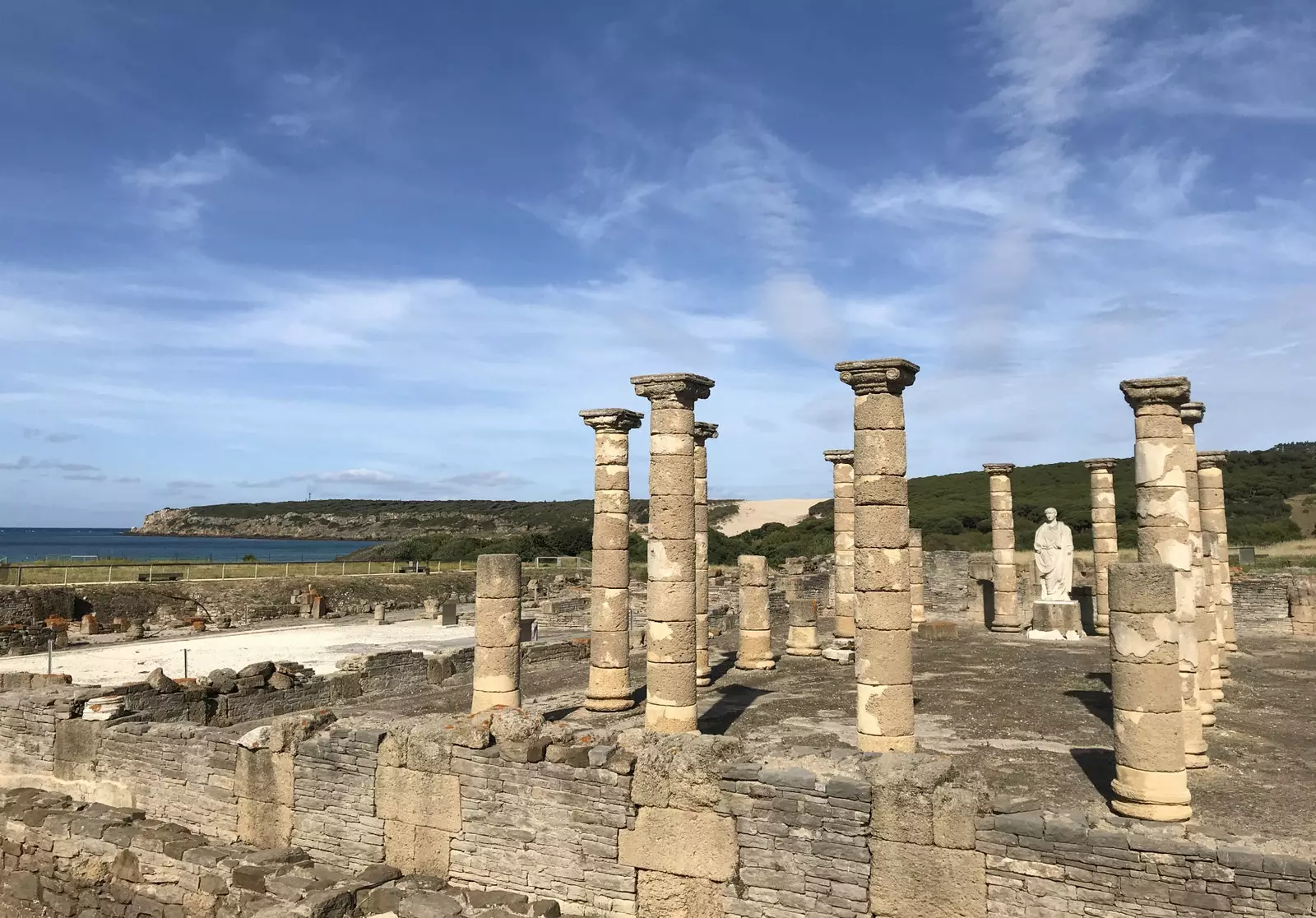
Less than 60 kilometers from Conil are the Roman ruins of Baelo Claudia.
